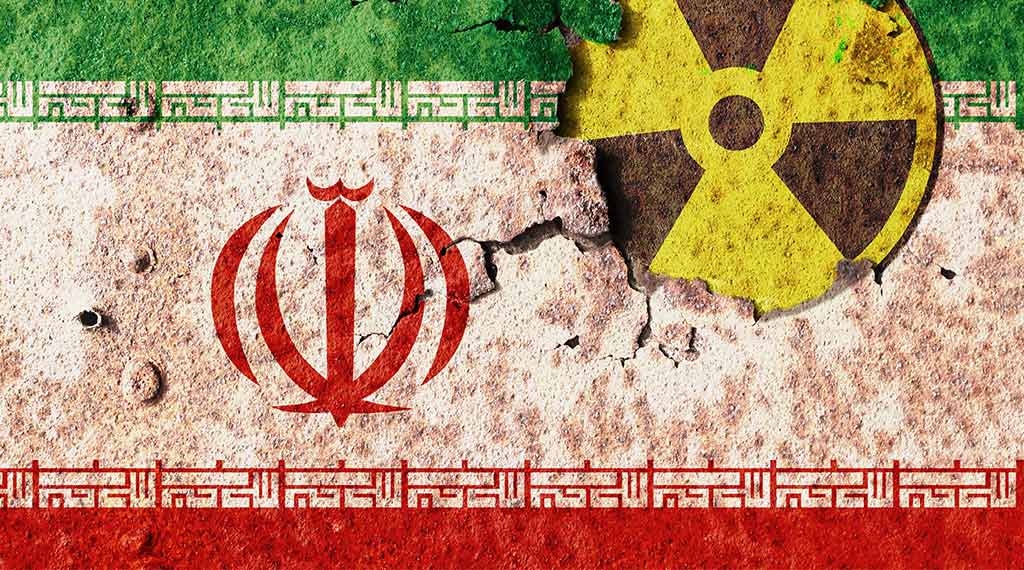
Israel has decimated Hamas. Israel has killed the top twenty leaders in Hezbollah’s military wing including Nasrallah himself. Israel has pounded the Houthis. Israeli troops are on the ground inside Lebanon. Iran’s prized surrogates are in disarray and bleeding badly.
The whole world is waiting for Tehran’s response. Will it be nuclear?
Let’s take stock of what we know. American intelligence likes to say that Iran walked away from many of its nuclear weapon’s efforts in 2003. That is not true. Iran shut down portions of its program that had been exposed. It then took great pains to continue nuclear weapons work in secret at undisclosed locations.
For twenty years at least we have known that Iran has been working on the myriad of engineering tasks required to actually build an atomic bomb. Iran has wide-ranging and longstanding contacts with North Korea, which has nuclear weapons. Iran has increasingly strong contacts with Russia as well. It is absurd to believe that Iran is now enriching uranium and will only begin work on building an actual weapon after it has the necessary fissile material. It is much more likely that when sufficient fissile material is acquired it will be placed into weapons that have already been constructed.
Iran has a massive arsenal of drones, cruise missiles, and ballistic missiles. Only an idiot would believe they built all these without giving any thought to which ones would carry nuclear weapons when they were acquired. It is much more likely that at least some of them were built to the known dimensions of the nuclear weapons they would be expected to carry. In short, once the weapons are available there is every reason to think that they will be fitted into existing and proven delivery vehicles and be available for use almost immediately.
Everyone who is watching the Iranian nuclear weapons program agrees that in effect Tehran already has the necessary fissile material to build at least a handful of weapons. We are told periodically that Iran is at most days or perhaps two weeks away from having the necessary material. Enrichment activities continue uninterrupted. We have no real visibility into how fast they are progressing. Pretending that the Iranians are almost at the finish line but somehow never reaching it is absurd.
We must assume the Iranians have everything they need to build nuclear weapons right now.
We know that Iran has secret nuclear sites about which we know nothing. Periodically, we stumble across these. The Iranians offer excuses and then everything at those sites vanishes and goes elsewhere where it cannot be monitored. In 2018 for example, the International Atomic Energy Agency discovered a site in Turquzabad, near Tehran, that appeared to have been used to store nuclear material and equipment. In 2019, Agency inspectors visited the site and detected manmade uranium particles there. The IAEA subsequently identified three additional undeclared sites where nuclear-related activities were believed to have occurred. The IAEA declined to even investigate at least one of those sites because of its determination that the site had “undergone extensive sanitization and leveling.”
On June 5, 2024, the IAEA’s board of governors censured Iran for failing to cooperate with the agency. Iran is not allowing the IAEA to monitor in any meaningful fashion the status of its nuclear efforts.
In Iran, hardliners are increasingly calling for Iran to take the next step and go nuclear. There is no pretense anymore that they do not have the capability. The regime in Tehran increasingly finds itself under fire internally and backed into a corner. Among the critics is Saeed Jalili a prominent politician and former presidential candidate. He has been described as a “true believer” in the Iranian revolution and is part of the Front of Islamic Revolution Stability, a far-right group of hard-liners known to believe Iran should possess “special weapons” a euphemism for nuclear weapons.
Iran based its policies for many years on what amounts to a balance of terror. It counted on the fact that even the Israelis would only go so far out of concern that more aggressive actions would unleash a whirlwind of attacks by Iranian proxies in the region. That policy no longer makes any sense. In effect, the Israelis have called Tehran’s bluff.
The ayatollahs now find themselves backed into a corner. Israel has already demonstrated it will strike inside Iran itself when it killed Hamas leader Ismail Haniyeh. It has also demonstrated a willingness to kill senior leaders like Nasrallah even when they are hiding amongst the civilian population. All of this leaves Iran with a clear choice. It can abandon its regional aspirations, accept that the balance of terror no longer exists, and knuckle under.
Or, Iran can take the next step with its nuclear program. It can assemble and deploy weapons and up the ante to an entirely new level one where any further attacks by Israel might potentially be met with a response that would wipe Israel from the map. We should not discount that possibility. Iran may back down. It may also seek to restore the balance of terror and go nuclear.
